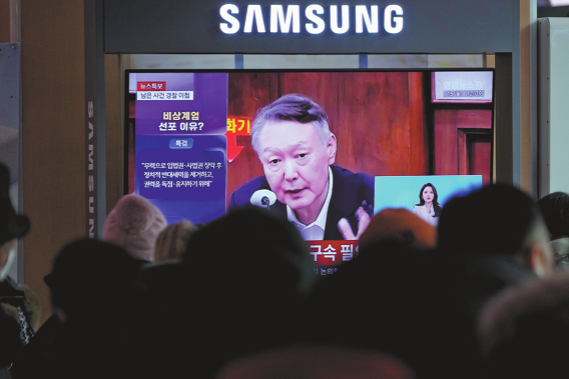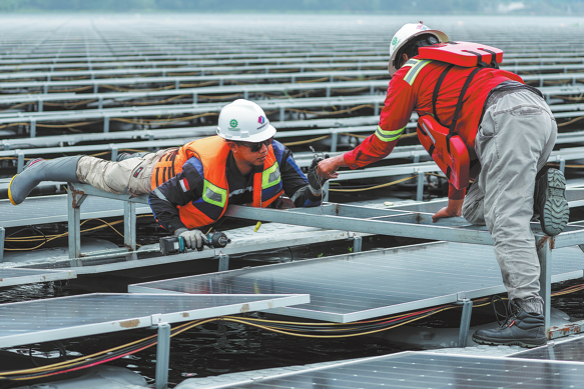EAC commits to fostering intra-regional trade and mobilizing resources in 2024

As the year kicks off, the East African Community, or EAC, has expressed commitment to foster intra-regional trade, resource mobilization, and the integration of new partner states.
Peter Mathuki, the bloc's secretary general, said in a statement that intra-regional trade will be enhanced through optimizing the implementation of the EAC Customs Union and Common Market protocols.
In addition, partner states will work together to eliminate non-tariff barriers that are hindering intra-regional trade.
He expressed optimism that intra-regional trade in East Africa will increase by at least 40 percent during the next five years.
Mathuki said the region is committed to implementing the four-band Common External Tariff, to enhance trade competitiveness and boost the industrial sector.
"The region adopted a four-band structure of 0 percent, 10 percent, 25 percent, and 30 percent/35 percent. We endeavor to continue with its implementation to facilitate trade competitiveness and promote the industrial sector in the region," he added.
The 0 percent band is for raw materials and capital goods; the 10 percent band for intermediate goods not available in the region; 25 percent for intermediate goods available in the region, and 35 percent for imported finished products available in the region. Products classified as sensitive products attract a rate of above 35 percent.
Currently, efforts are ongoing to integrate Somalia into the community, which is composed of Burundi, Democratic Republic of Congo, Kenya, Rwanda, Tanzania, Uganda, and South Sudan. Somalia signed the Treaty of Accession to join the bloc last year.
"We look forward to Somalia depositing the instruments of ratification into the community after completing their internal processes," Mathuki said.
He said the EAC will work with all partner states to expedite the operationalization of the financing formula for the community that was proposed in 2021 and approved last year, to maximize the community's performance.
The model requires EAC partner states to contribute equally 65 percent of the budget while the remaining 35 percent of the total budget is contributed based on the assessment of partner states' average nominal gross domestic product per capita for the previous five years, as assessed by the World Bank.
"We are mulling on convening a sectoral council meeting with ministers in charge of finance to discuss on implementing this directive as well as a strategy to rationalize the cost of doing business in the community," Mathuki said.
Meanwhile, the World Bank's latest Global Economic Prospects report released on Tuesday indicates that increasing investment is expected to drive growth in Kenya and Uganda, partly owing to improved business confidence.
Investment in Kenya is also expected to be boosted by increased credit to the private sector as the government reduces domestic borrowing.
Uganda will benefit from infrastructure investment ahead of new oil production in 2025. In Tanzania, reforms to improve the business climate are expected to lift growth.































